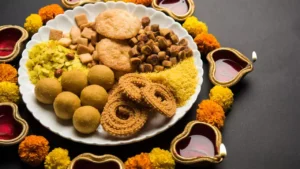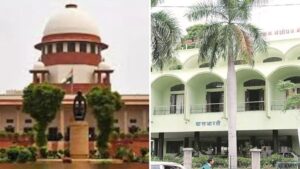More Than Just Names: Discover the Cultural, Mythological, and Historical Stories Behind Maharashtra’s Districts

More Than Just Names: Discover the Cultural, Mythological, and Historical Stories Behind Maharashtra’s Districts
Behind every name lies a tale — and in Maharashtra, those tales are as vibrant and diverse as the state itself. From the spiritual heart of Mumbai to the coastal charm of Ratnagiri and the historic forts of Satara, the names of Maharashtra’s districts echo centuries of mythology, history, geography, and folklore. Let’s travel across the state to discover how these places got their names — and what they reveal about Maharashtra’s cultural tapestry.
Mumbai
The state capital, Mumbai, is named after Mumba Devi, a local goddess revered by the indigenous Koli fishing community. What was once a cluster of islands is now one of the world’s largest cities — and its name is rooted in spiritual heritage.

Solapur
Solapur emerged from the union of sixteen nearby villages. This sense of togetherness gave birth to its name, symbolizing a region born of unity and collaboration.
Satara
Meaning “Seven Stars” (Saat Tara), Satara is believed to be named after the seven hill forts surrounding it — historic outposts that once guarded the region and now stand as monuments to its legacy.
Pune
Originally called Punya Vishaya (sacred land), Pune’s name evolved through centuries — from Punnaka to Punyapur, and finally to Pune. Today, it’s a modern hub of education and technology, but its name still reflects its spiritual roots.
Chhatrapati Sambhaji Nagar (Aurangabad)
Once called Kharki, the city was renamed Aurangabad by Mughal emperor Aurangzeb. Today, it proudly bears the name Chhatrapati Sambhaji Nagar, honoring the valiant Maratha warrior Sambhaji Maharaj.
Bhandara
This district’s name comes from Bhana, meaning brass — highlighting its deep connection with brass craftsmanship and traditional metalwork.
Kolhapur
Named after the demon Kolhasur, who, according to legend, was slain by Goddess Mahalaxmi, Kolhapur blends mythology with divine victory. The city’s name immortalizes that tale of good triumphing over evil.
Nagpur
Nagpur gets its name from the Nag River, a serpentine tributary flowing through the city. The river’s snake-like path and cultural symbolism gave rise to the name — and inspired the city’s emblem.
Nashik
Tied to the Ramayana, Nashik is where Lakshman is believed to have cut off the nose (nasika) of the demoness Shurpanakha. The name Nashik keeps that epic memory alive.
Thane
The name Thane originates from Sthanaka, meaning “station” or “place”. Historically a major stopping point, Thane remains a gateway city even today.
Ratnagiri
A poetic blend of Ratna (jewel) and Giri (mountain), Ratnagiri beautifully describes the region’s lush, hilly terrain that meets the Arabian Sea. Truly, a jewel among the hills.
Chandrapur
Once known as Lokapura and Indpur, the district became Chandrapur, meaning “Moon City” (Chandra for moon, Pur for city). Local folklore speaks of a moonlit glow over the Jharpat River, adding a mystical aura to its name.

Amravati
Rooted in the ancient name Udumbravati, later Umbravati, the name Amravati may refer to the Ambadevi Temple, a central place of worship and identity for the city’s people.
From divine legends and epic battles to rivers and local crafts, the names of Maharashtra’s districts aren’t just geographical labels — they are living stories that reveal the essence of each region. These names connect the present to the past, reminding us of the rich heritage that continues to shape the state.












